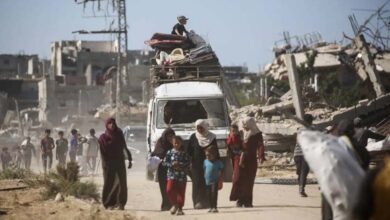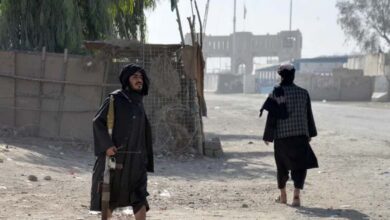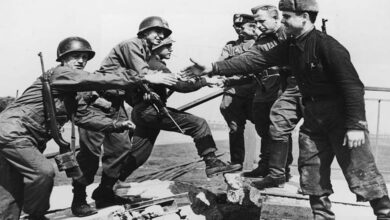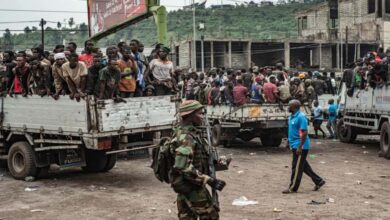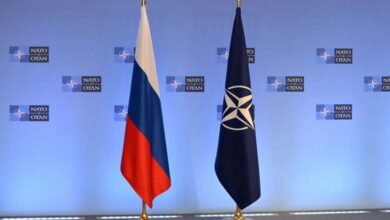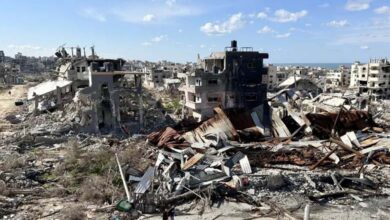Memo and communications: Rare documents reveal Yahya Sinwar’s role in the October 7 attacks
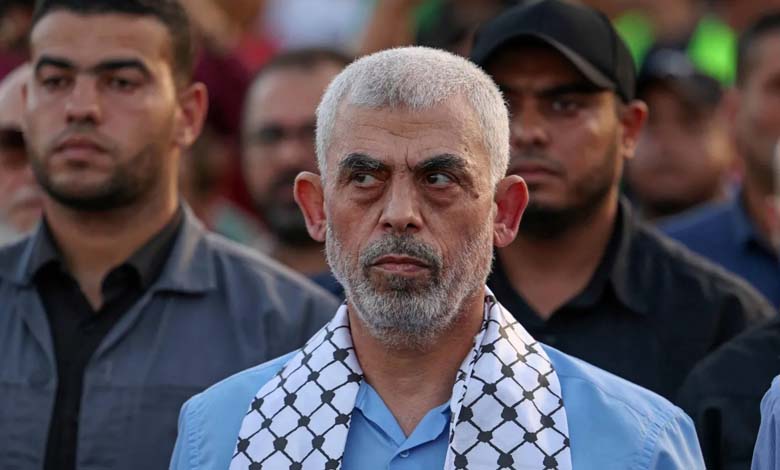
In an underground compound previously used by senior Hamas commander Mohammed Sinwar, Israeli forces discovered a rare document.
The document, believed to be handwritten by Yahya Sinwar, Hamas’s top leader in Gaza, reveals striking details about the planning of the October 7, 2023, assault.
-
On the second anniversary: how did Hamas carry out the October 7 attack?
-
Israel Fears a New October 7 from Syria and Strengthens Borders with Barriers and Additional Forces
Dated August 24, 2022, and consisting of five handwritten pages, the memorandum—reviewed by The New York Times and reported by Israeli media—provides a unique glimpse into Hamas’s strategic mindset.
The text explicitly calls for “targeting army personnel and civilian communities,” while urging the documentation and broadcasting of violent operations “to spread internal fear and destabilize the Israeli state.”
Audio recordings intercepted by Israel’s Unit 8200 on the day of the attack closely echoed these directives. On the morning of October 7, voices could be heard commanding fighters to “set the houses on fire” and “burn, burn, I want the entire kibbutz in flames.”
-
Brotherhood Figure Turns Against Hamas: October 7 Attack Was a Catastrophic Mistake
-
Unveiling Sinwar’s Plan: How He Prepared the October 7, 2023 Attack in the Shadows
The language used in the memorandum reflects meticulous precision and deep strategic foresight. It not only calls for setting fire to residential areas “using gasoline or diesel from a tanker,” but also details plans for “two or three operations in which entire neighborhoods or restaurants would be burned.”
These instructions reveal a deliberate intent to target civilians from the earliest stages of planning.
A forensic handwriting analysis added another layer to the controversy. Sima Ankouna, a former Israeli police document examiner, confirmed that the handwriting matches other samples attributed to Sinwar, including notes found in Gaza and a 2018 letter addressed to the Israeli prime minister.
-
Between Defense and Offense: The Transformation of Israel’s Security Doctrine After October 7
-
Military surprise near Gaza: Is Israel preparing for another October 7?
The recordings also expose a crucial media dimension of the plan, with commanders urging fighters to film and broadcast the bloodshed “to stir Arab public sentiment and inspire outsiders to join the battle.” This psychological and propaganda-driven component demonstrates a significant evolution in Hamas’s military strategy.
Together, the memorandum and the recordings outline a multi-phase operation: initial breaches of the border fence using bulldozers, followed by successive waves of attackers, culminating in brutal directives such as “crush the soldiers’ heads with your feet” and “shoot at point-blank range.”
-
114 Breaches and a Resounding Defeat for the Gaza Brigade… Shocking Details About the October 7 Attack
-
Gaza War and October 7 Attack: Gallant Reveals New Secrets
Reactions to these revelations have varied. While Israeli intelligence agencies have compiled classified reports asserting that “Hamas’s leadership planned and executed an exceptionally violent assault,” Palestinian analysts close to the movement have questioned the authenticity of the document.
Ibrahim Madion, a Palestinian analyst sympathetic to Hamas, voiced skepticism over the memo’s authenticity, claiming that many of the acts described—such as the burning of entire neighborhoods—did not occur during the October 7 attack, though many homes were set ablaze. He added that the memorandum “does not reflect the operational culture of Hamas’s military wing.”
Ezzat al-Rishq, head of Hamas’s information office based in Qatar, did not respond to detailed questions, including whether the group’s leadership outside Gaza had knowledge of the document.
According to The New York Times, the disclosure of these materials sheds harsh light on the security and intelligence lapses that allowed the attack to unfold, while providing partial answers to lingering questions about the scope of planning and command involved in the events of October 7.



